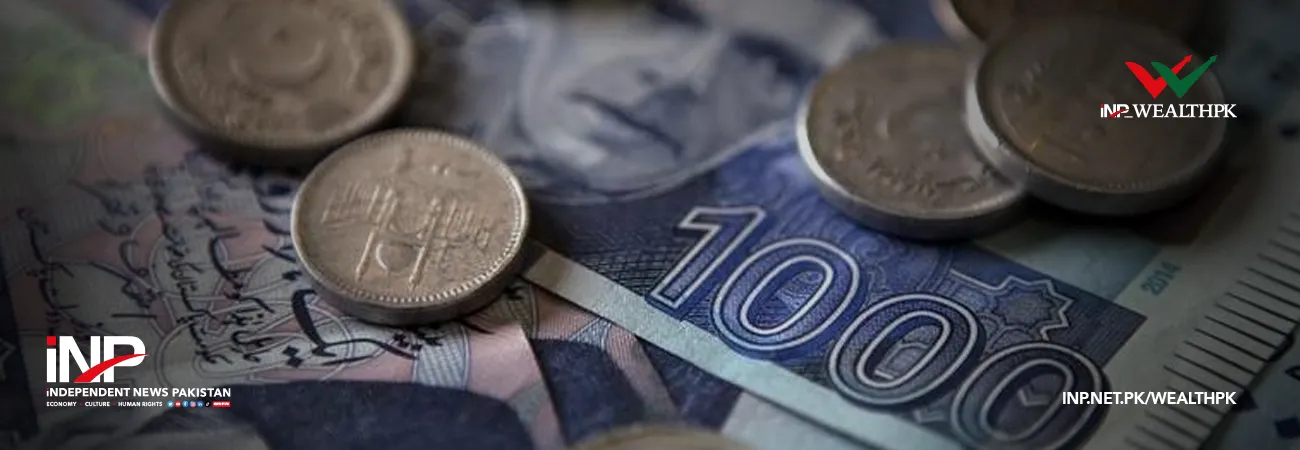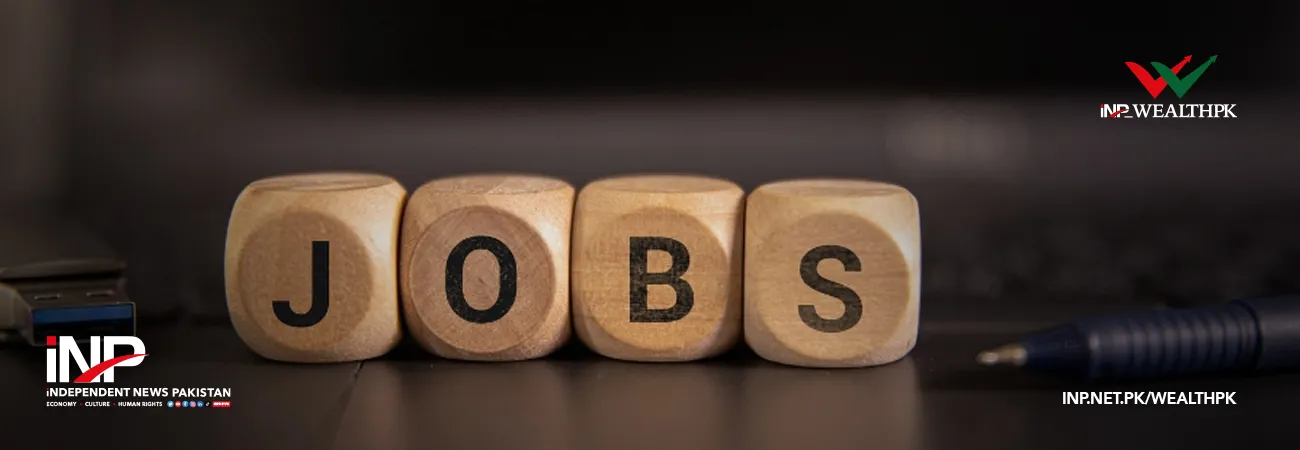INP-WealthPk
By Muskan Naveed
Islamabad, Nov 02 (INP-WealthPK): Pakistan has been a victim of the twin deficit hypothesis which has contributed – if not downright resulted in – to its economic woes. An understanding of the hypothesis, especially its relevance to Pakistan, is crucial to figure out a way forward.
Twin deficit hypothesis entails there is a strong correlation between the current account deficit and the fiscal deficit. The two macro indicators are deeply intertwined – usually moving in tandem. This hypothesis has been validated through various research and for various countries and Pakistan is no exception.
Twin deficit in Pakistan
A look at a simple chart of budget deficit and trade deficit validates the twin deficit hypothesis. But if one aspires further, researchers such as Yasmin and Farah have employed complex econometric methodologies only to arrive at the same conclusion.
 Figure 1: Data courtesy, LSE Blogs
One of the greatest feats of the current government is considered to be the current account surplus it achieved for the first eleven months of the fiscal year 2020-2021. The current account attained a surplus after ten years of deficit – marking it as a monumental step towards economic recovery. The brief period of surplus may have led to a debate about the negation of the twin hypothesis as the fiscal budget remained in deficit. However, the COVID-19 pandemic can be attributed to the surplus as imports fell drastically. The surplus could not sustain for long as it delved into a deficit of $1.5 billion in August 2021.
Breaking down the twin deficit
To break down the twin deficit hypothesis, one must begin from the fiscal deficit. The fiscal deficit has many consequences for the economy – some good, others not so much. It is caused by either low taxation or increased government spending both of which will cause an immediate increase in the aggregate demand which will boost the economy.
The problem arises when a fiscal deficit leads to a current account deficit. An increase in domestic demand can lead to demand for imports and hence the foreign currency. Moreover, increase in domestic demand would cause inflation. To ensure inflation does not spiral out of control, the central bank would have to increase the interest rate. Increased interest rates would decrease firms’ borrowing – compromising their export competitiveness. Hence, resulting in the further widening of the current account.
While the above economic rationale is complex as it is, the matter further worsens when a positive feedback loop is created. Fiscal deficit results in a current account deficit but to decrease it, the government must increase its spending, which worsens the fiscal deficit – effectively creating a vicious cycle.
Way forward for Pakistan
While the twin deficit originates through a fiscal deficit, an approach towards fiscal austerity may sound correct. But Pakistan has a major chunk of its population relying on the government in the form of cash transfers or spending on public goods and services. Fiscal austerity can result in a public outcry with exacerbating poverty and falling living standards.
Current account deficit is what needs to be focused on. Increasing efforts to boost the export competitiveness of the industry may momentarily worsen the twin deficit but in the long run, it will help Pakistan rise from the grip of the twin deficit.
Figure 1: Data courtesy, LSE Blogs
One of the greatest feats of the current government is considered to be the current account surplus it achieved for the first eleven months of the fiscal year 2020-2021. The current account attained a surplus after ten years of deficit – marking it as a monumental step towards economic recovery. The brief period of surplus may have led to a debate about the negation of the twin hypothesis as the fiscal budget remained in deficit. However, the COVID-19 pandemic can be attributed to the surplus as imports fell drastically. The surplus could not sustain for long as it delved into a deficit of $1.5 billion in August 2021.
Breaking down the twin deficit
To break down the twin deficit hypothesis, one must begin from the fiscal deficit. The fiscal deficit has many consequences for the economy – some good, others not so much. It is caused by either low taxation or increased government spending both of which will cause an immediate increase in the aggregate demand which will boost the economy.
The problem arises when a fiscal deficit leads to a current account deficit. An increase in domestic demand can lead to demand for imports and hence the foreign currency. Moreover, increase in domestic demand would cause inflation. To ensure inflation does not spiral out of control, the central bank would have to increase the interest rate. Increased interest rates would decrease firms’ borrowing – compromising their export competitiveness. Hence, resulting in the further widening of the current account.
While the above economic rationale is complex as it is, the matter further worsens when a positive feedback loop is created. Fiscal deficit results in a current account deficit but to decrease it, the government must increase its spending, which worsens the fiscal deficit – effectively creating a vicious cycle.
Way forward for Pakistan
While the twin deficit originates through a fiscal deficit, an approach towards fiscal austerity may sound correct. But Pakistan has a major chunk of its population relying on the government in the form of cash transfers or spending on public goods and services. Fiscal austerity can result in a public outcry with exacerbating poverty and falling living standards.
Current account deficit is what needs to be focused on. Increasing efforts to boost the export competitiveness of the industry may momentarily worsen the twin deficit but in the long run, it will help Pakistan rise from the grip of the twin deficit.













